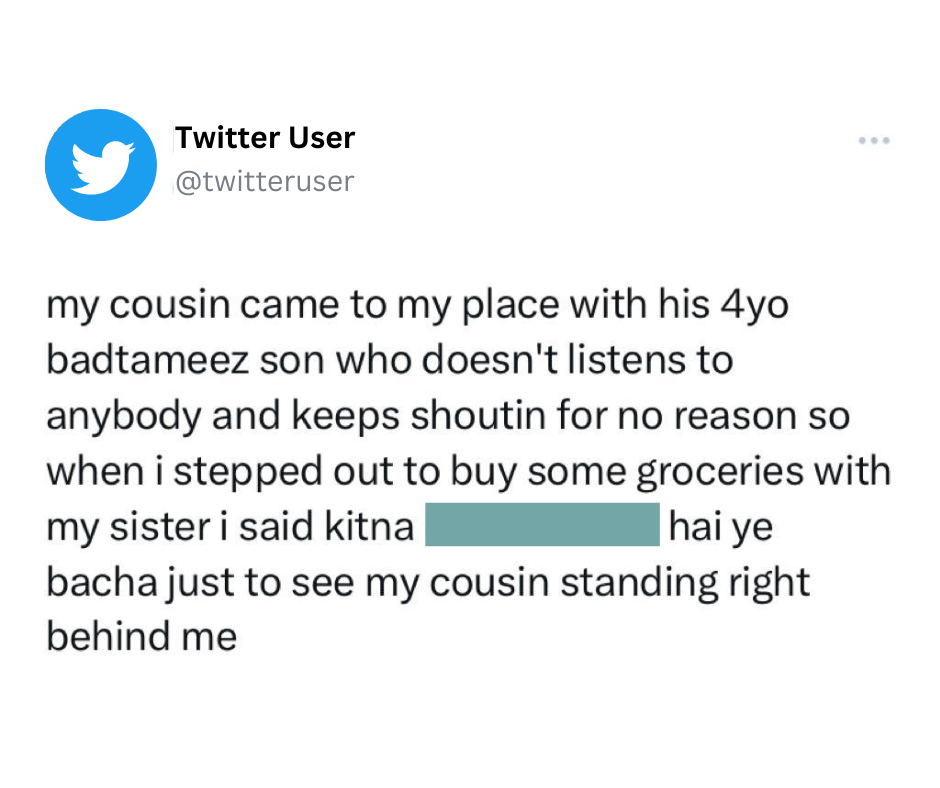Understanding Autism
Understanding Autism
As we race toward the end of the first quarter of the 21st Century, we are still a long way away from fully understanding autism. Because Autism Awareness Day looms ahead – 2nd April, we decided to do something helpful. In this blog, we explain what autism is, how to identify it and some other things. So, let’s dive right in!
What is Autism?
Let’s begin with the million-dollar question: what exactly is autism? Knowing what it is is the first step to understanding autism. But, unfortunately, there is no simple way to define it. The American Psychiatric Association defines Autism or Autism Spectrum Disorder (ASD) as ” a complex developmental condition involving persistent challenges with social communication, restricted interests, and repetitive behavior.” On the other hand, the American Psychological Association says that autism is “characterized by difficulties with social communication and social interaction and restricted and repetitive patterns in behaviors, interests, and activities.”
The important fact to remember is that autism is a lifelong disorder. And each autistic individual has a varying degree of functional impairment. This is why the word “spectrum” is used to define the disorder. But, the most fundamental point is that autism is not an illness. It’s not like chickenpox – it’s not a virus. So, one can’t catch it. It’s certainly not an infection – therefore medicines do not “cure” it.
Identifying Autism
The next pertinent question is: What does autism look like? As mentioned in the preceding section, people with autism don’t always have similar traits. But there are several areas which are affected. Early signs may include:
- Limited eye contact
- Delayed speech skills
- Lack of facial expressions
- Unusual eating and sleeping patterns
- Weak motor skills
- Delayed cognition or learning
- Repetitive behaviours
- Hyperactivity and impulsivity
- Obsessive interests
- Often appear stubborn
- Changes cause distress
- Fearlessness or intense fear
The list above is brief and mentions only a few affected areas. Parents and other adults can note a host of other details as well. The challenges above can easily be observed in a child’s early years. It is also important to remember that each of these challenges in isolation also doesn’t point to autism. A qualified professional will conduct a test to ascertain the diagnosis.
Around Us
Looking around us, we can identify several children and even adults who are “different.” A cousin who doesn’t like change. A niece who loves aeroplanes so much it borders on obsession. A neighbour’s kid who shouts for no reason. The eccentric uncle who loves electronic devices. The son of a friend who hates loud sounds. Your cousin’s daughter, who keeps repeating phrases randomly. We have barely scratched the surface. But the challenges mentioned above aren’t the only red flags. There are many more.
Please take a look at the image of the tweet below. It was tweeted on 10th March, and the handle has been hidden. The original poster has described a 4-year-old as “badtameez,” “doesn’t listen to anybody,” and “shoutin for no reason.” For anyone reading the tweet, it would appear as if the child is out of control. However, for us, it raises a few red flags.
It is with sadness that we say that many children who may have autism are described like this just because we haven’t given any attention to understanding autismWe are confident that in our lives, we have encountered children or adults who fit the bill. But because many are unaware of autism, those people did not receive the required help.

Do Children Grow Out of Autism?
Unfortunately, no. A child with autism will grow into an adult with autism. With the right help, autistic children may improve their skills, but a lot of them will also require some form of support in adulthood. Often, we come across families who are told their child will outgrow their autism diagnosis. But, as children grow, their challenges don’t miraculously go away. Instead, they require professional guidance to help them address and manage their issues. The bottom line is that ASD is lifelong.
Bonus Material: Famous People with Autism
Well, actually, these are people who might have had autism. Experts speculate that they did (or do).
Albert Einstein: it is said that despite his unusually high IQ, Einstein was a poor student and often skipped school. But his talent in math and physics was off the charts. Hence, he was able to excel in this field.
Vincent Van Gogh: The artist led a tragic life. He was often called “mad.” Van Gogh displayed obsessive and repetitive behaviours. He also had poor or strained relations with family, colleagues and others. Today, experts believe that Van Gogh could have ASD.
Bill Gates: It is widely believed that Bill Gates – THE Bill Gates is on the autism spectrum. Many have noted his difficulty with understanding social cues and patterns of speech. However, Gates himself has never confirmed or denied this.
Nikola Tesla: The father of Alternating Current, Nikola Tesla was sensitive to light and sound, a trait he shares with autistic people. However, he also had OCD, and people said he was socially awkward or inept. These traits led many to believe Tesla had ASD.
Mozart: Perfect memory of music and the fact that he was a child prodigy (starting a musical career at age 4) led experts to believe that Mozart was on the spectrum. Loud sounds made him physically sick. His sister also mentioned that Mozart was impulsive and often behaved recklessly.




Leave a Reply